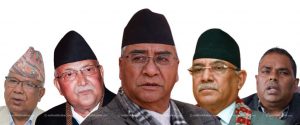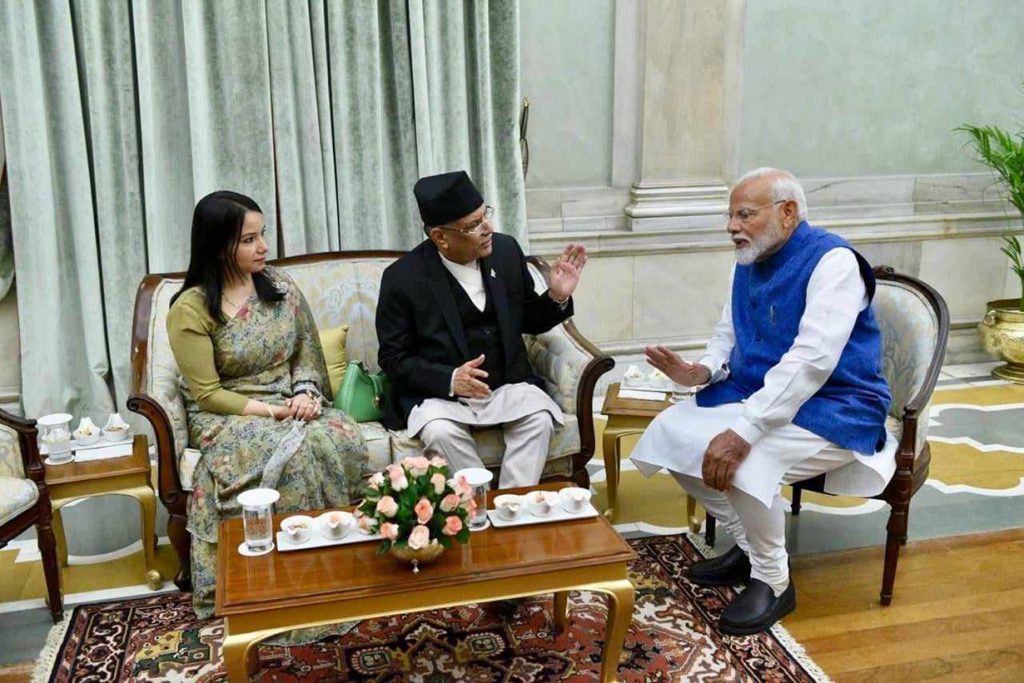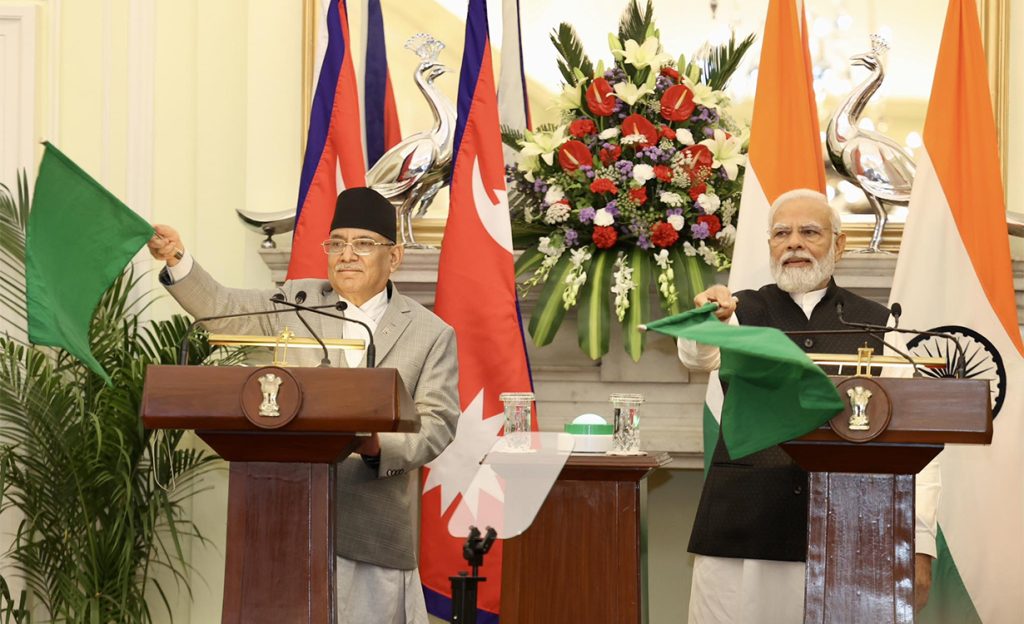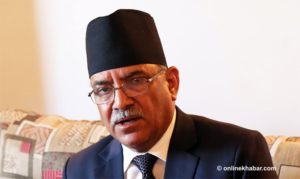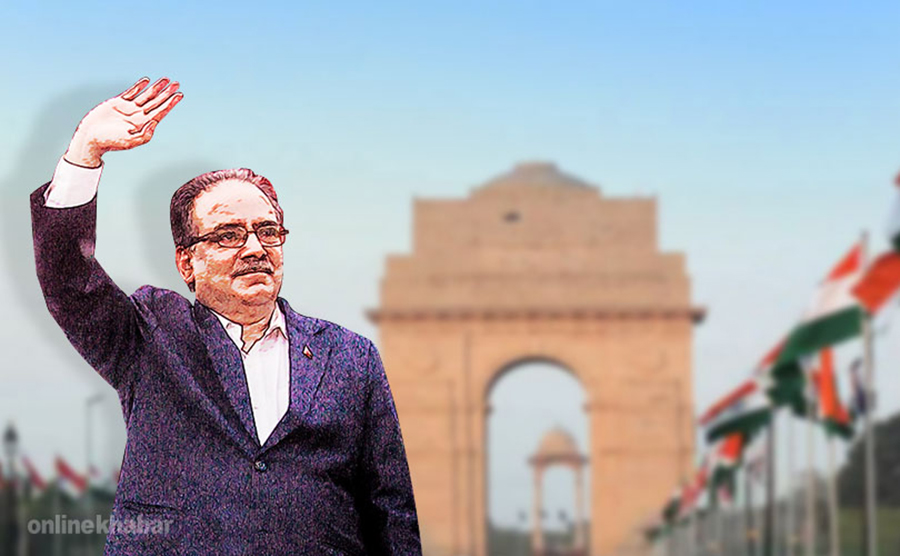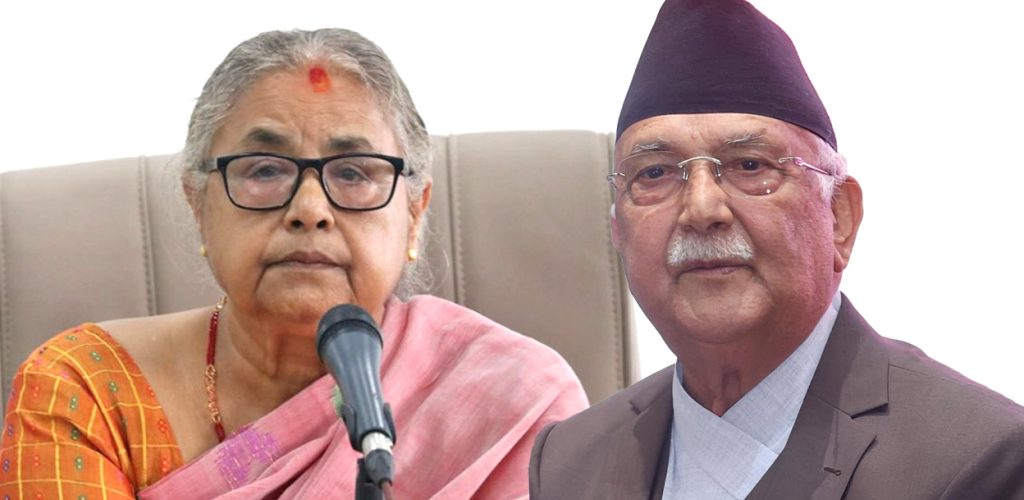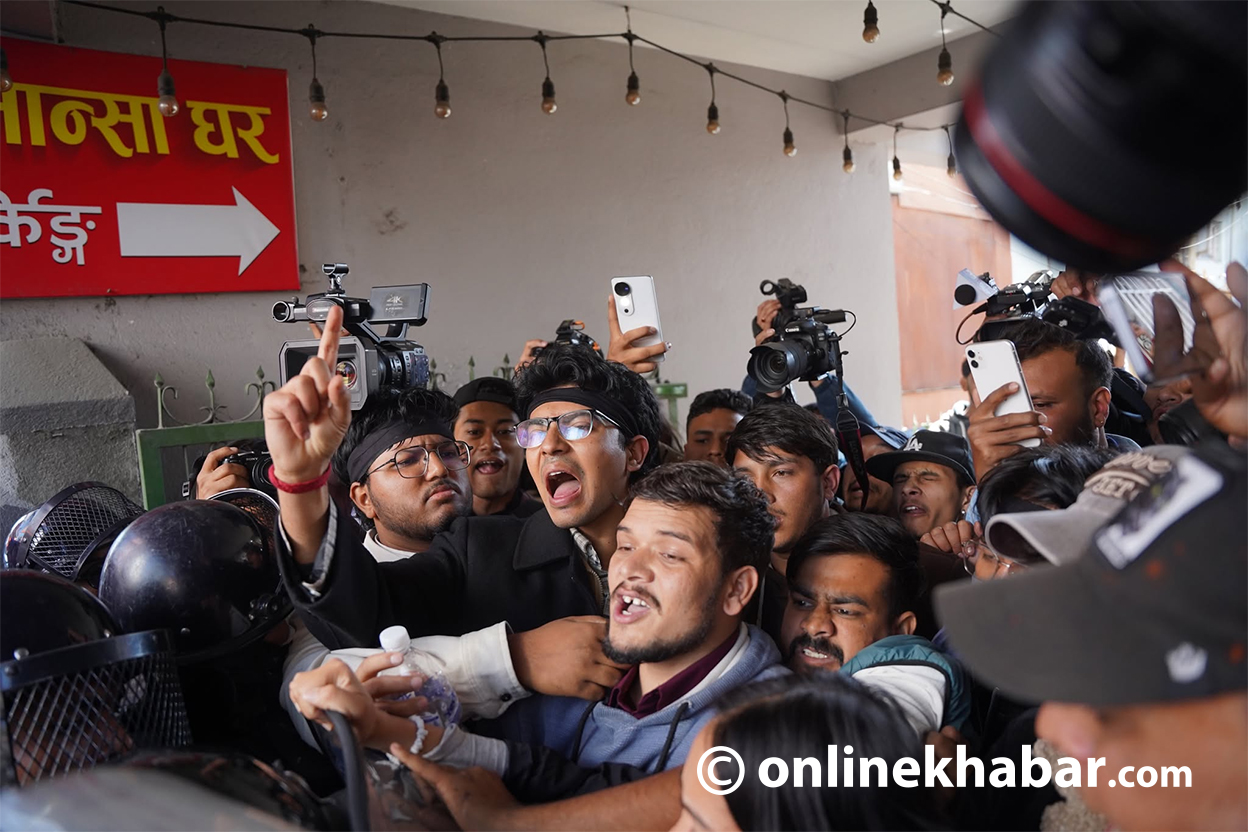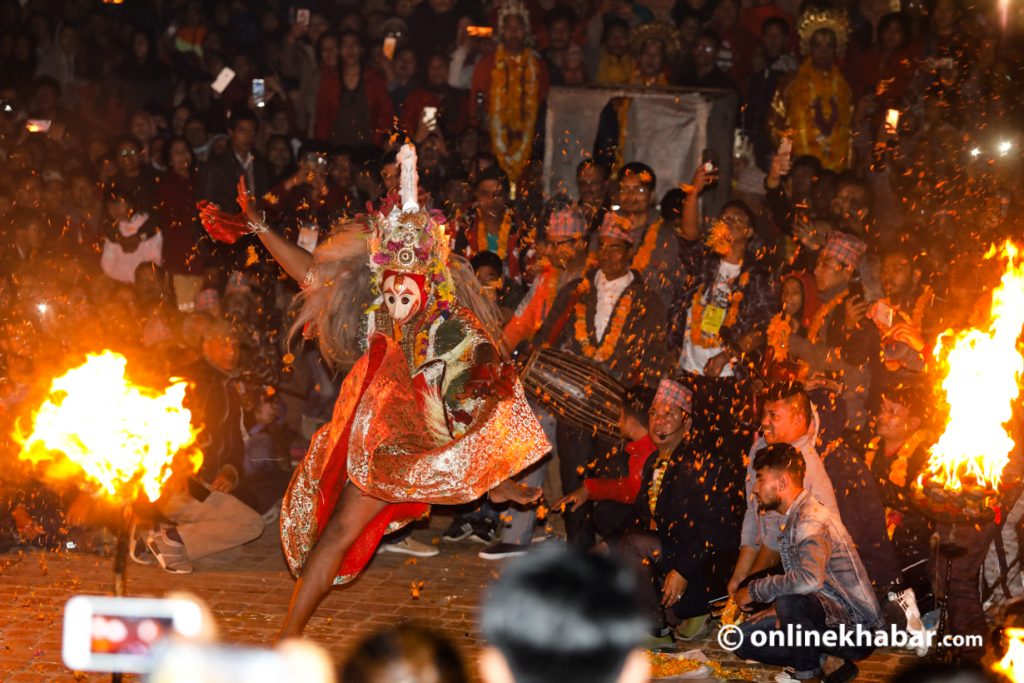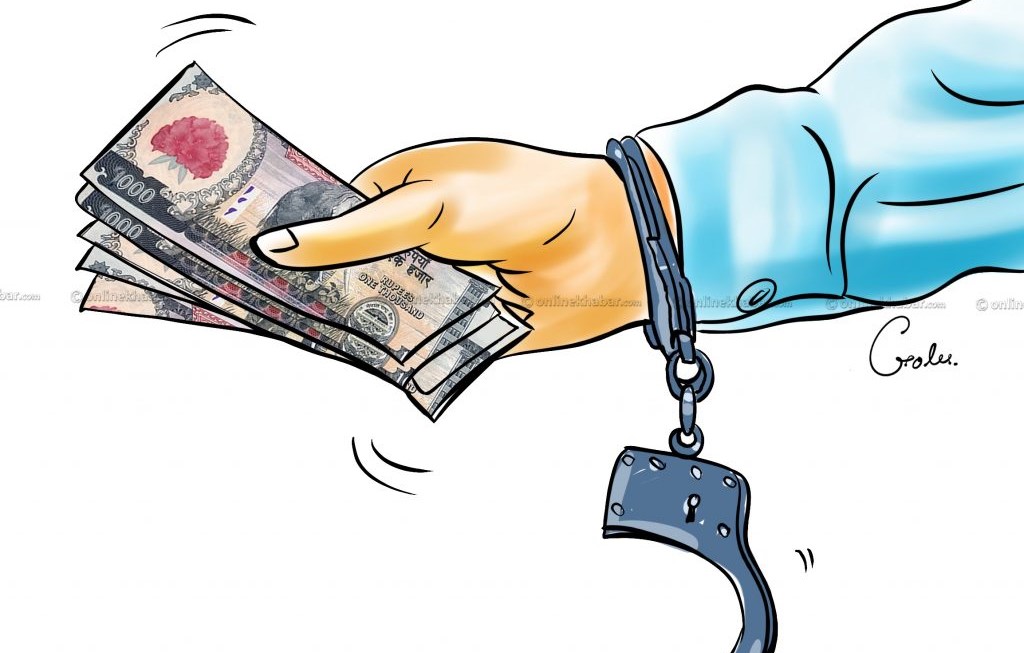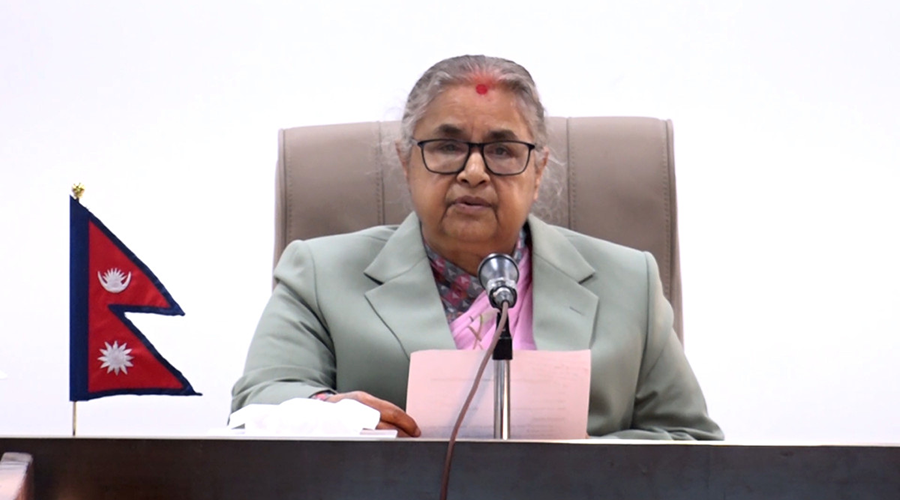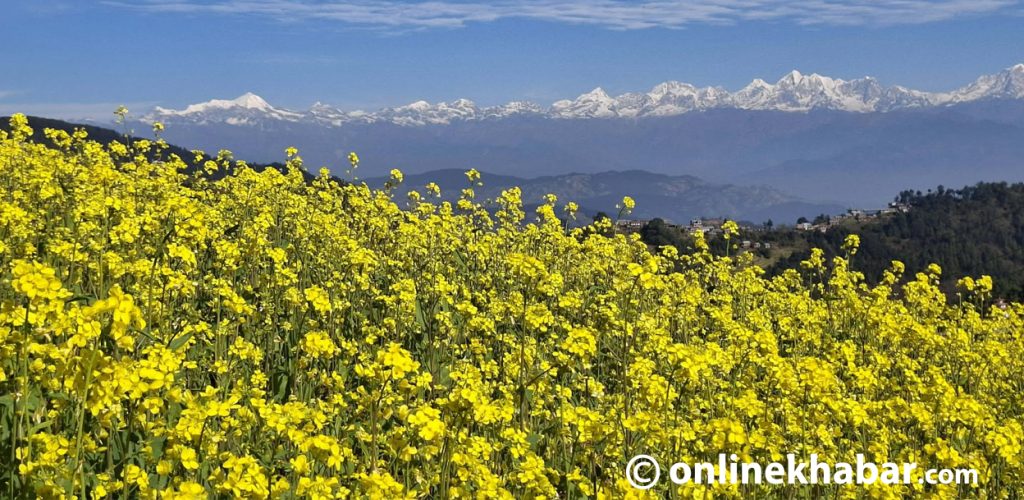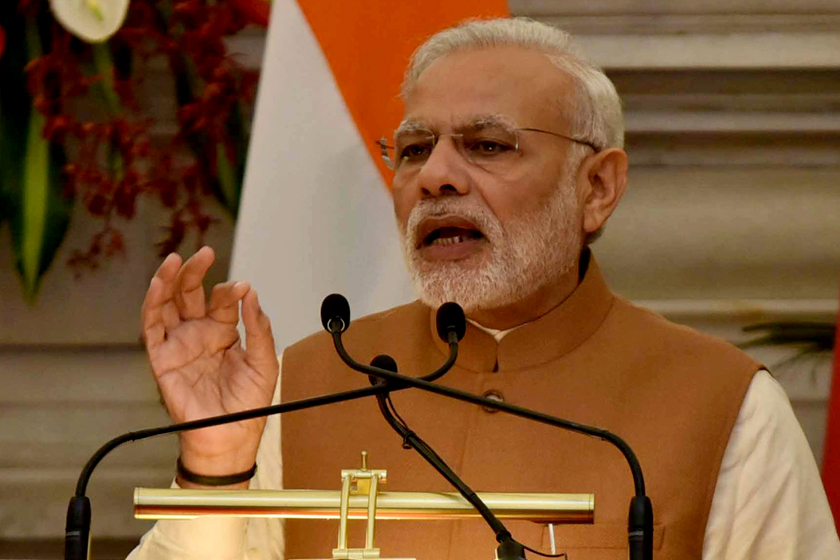
When the current Indian Prime Minister Narendra Modi was elected for the first time in 2014, the aura of his personality spread like ripples in the Indian subcontinent and was felt in Nepal also. And, when he became the first Indian Prime Minister to visit Nepal after 17 years and addressed Parliament in his early days at his office, the political figures and the general public in Nepal were amazed by the potential of his leadership: he was considered a genuine contender to lead South Asia to development.
The political commentators of both countries were hopeful that this visit would rekindle the Nepal-India relationships at new heights in both political and social spheres. However, the commoners in Nepal were disappointed when Modi’s tact felt like that of a populist leader, who would just look to appease the mass he was addressing.
But, as things developed, Modi, who has become one of the most powerful leaders in the contemporary world, became rather infamous in Nepal by the time of his second stint. The Nepal-India relationships hit rock bottom, and Modi’s foreign policy is failing even today.
Today, we look at seven related-to-each-other reasons why Modi’s image in Nepal is tarnished.
1.
‘Big brother’ attitude
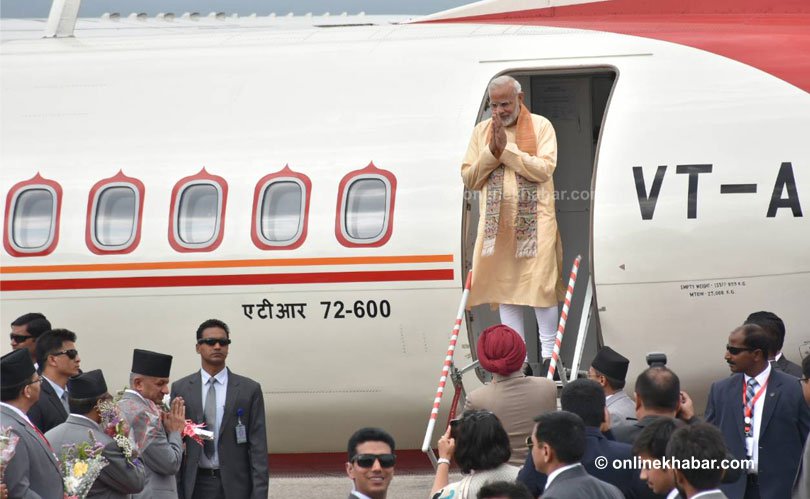
When Modi addressed the Nepali Parliament in his first visit, he labelled India as a friend rather than the traditional ‘big brother’ of Nepal and the Nepali people: that India would always look after them. Although this was welcomed widely during the time, many criticised the ‘bullish nature’ shown by the Indian government at the time of promulgation of Nepal’s new constitution. The events that followed proved that Modi’s India still wanted to retain its ‘big brother’ image for Nepal.
2.
Political interference
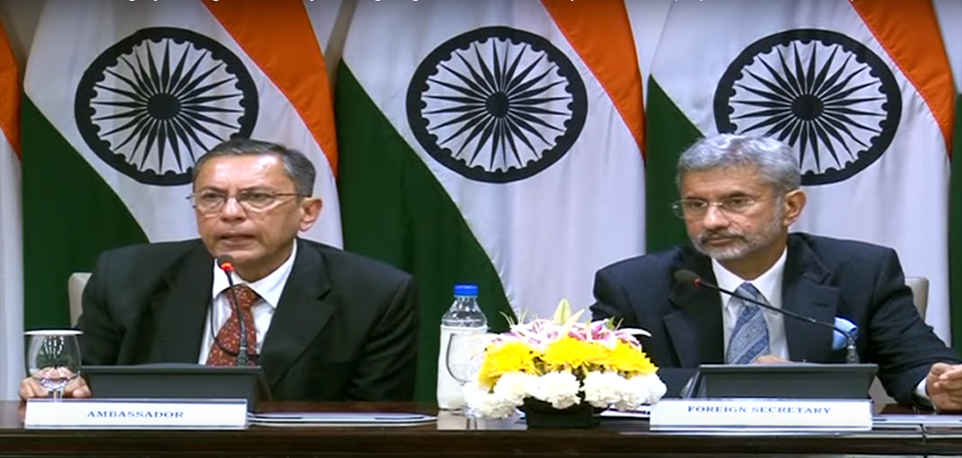
During his speech in the Nepali Parliament, Modi had stressed that India respected Nepal as an independent and sovereign nation and that it was not the duty of the Indian government to interfere in the political spheres of Nepal. However, such was not the case as Modi sent the then Foreign Secretary S Jaishankar, who is now the Indian External Affairs Minister, as his special envoy to “request” a delay in promulgation of the constitution.
3.
Economic blockade
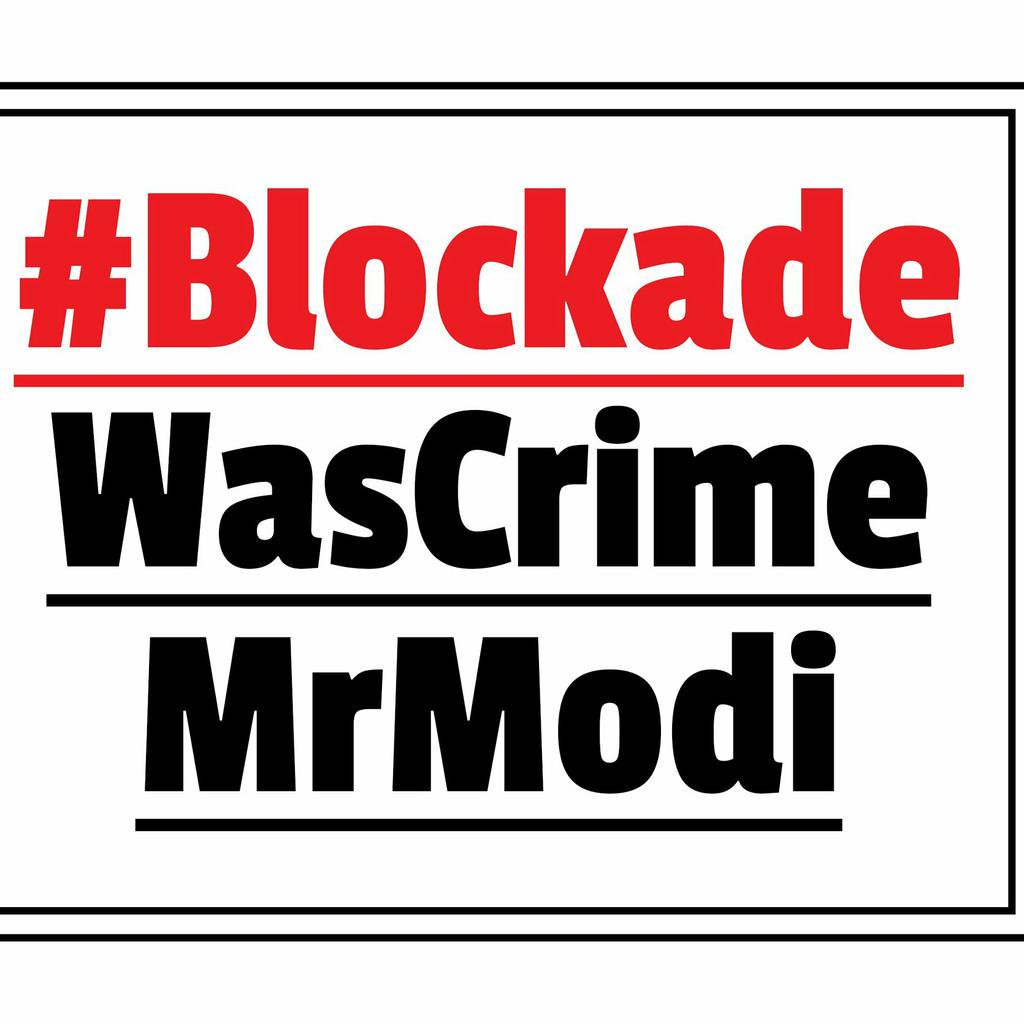
When Nepali leaders defied Modi’s interest in the constitution and enacted the new constitution, Modi’s government became harsher towards Nepal and enforced an economic blockade. Nepal was looking to raise itself from a calamity in the 2015 earthquake, but the economic blockade affected the country dearly.
4.
Old and frequently reignited Indophobia

Nepali people already had anti-Indian feelings for a few decades due to King Mahendra’s tactics and the 13-month long 1989 economic blockade. And, as Modi’s speech was promising and raised hope that the relationships between Nepal and India would be better, the economic blockade, coupled by Nepal getting closer to China, only reignited the Indophobic feelings in the Nepali ‘Pahadiya’ people.
5.
Trade dependency

Due to the easily accessible roads and open borders, the landlocked state of Nepal relied heavily on India for trade for decades. Most imports and exports were conducted through the India-Nepal border, and the 2015 economic blockade, which lasted around five months, meant Nepal, affected by the massive earthquake, faced unprecedented economic and humanitarian crises.
Modi visited Nepal three times during his first tenure: in 2014, 2016, and 2018. By the time of his third visit, Modi’s popularity was on a decline. Nepalis took to Twitter to express their sufferings and discontent during the third visit.
6.
Lipulekh/Kalapani despute
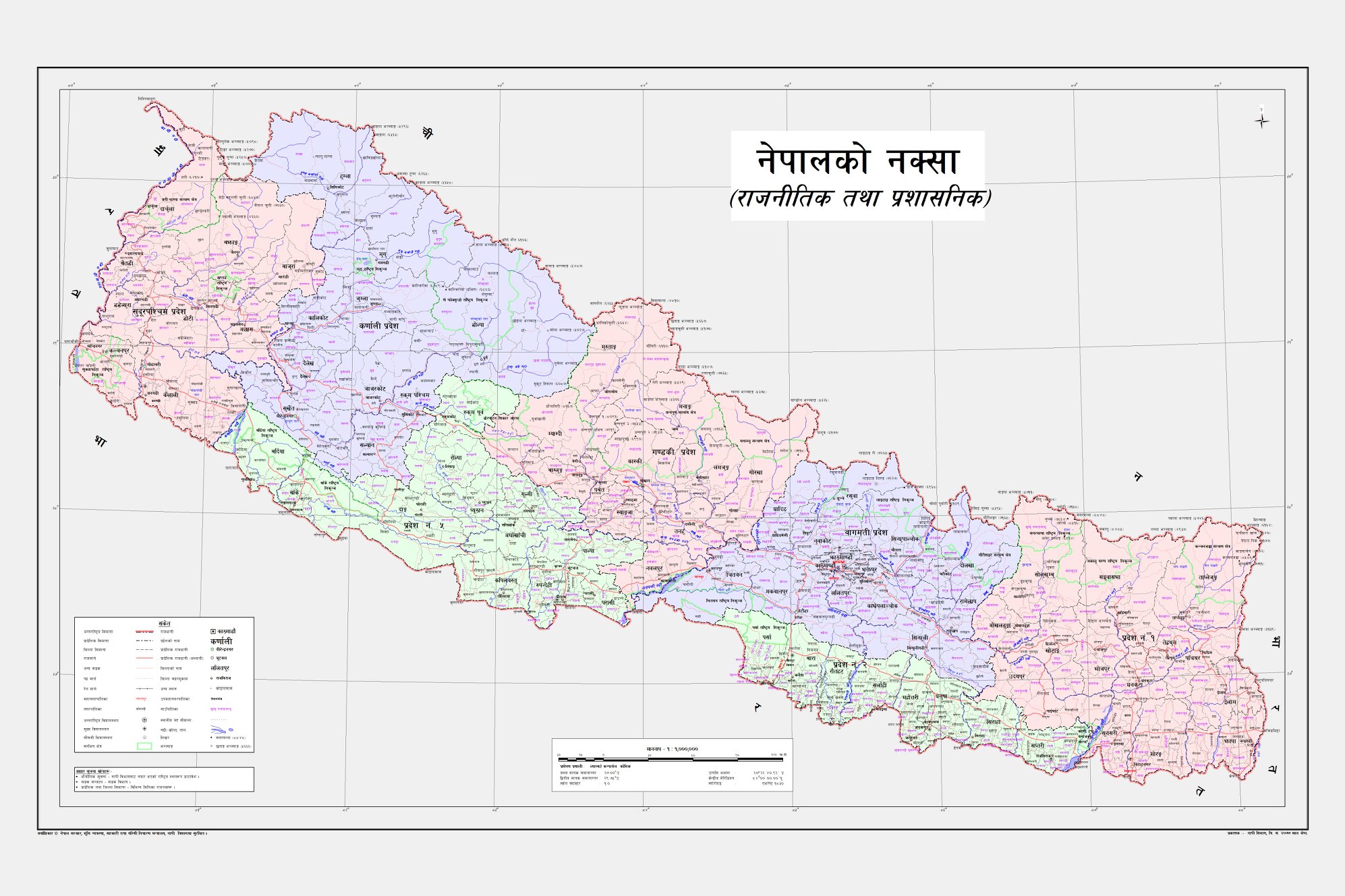
Fast forward to November 2019, when India published a new political map that addressed their recent development on Kashmir and Ladakh, it included the disputed region of Lipulekh-Kalapani in the map. India took the step without any agreements between the countries regarding the issue. Nepal, saddened and angered by India’s step, published its own map including the region in May 2020. India did not respond to the move well, and the relationships between the countries were further damaged.
7.
Godi media
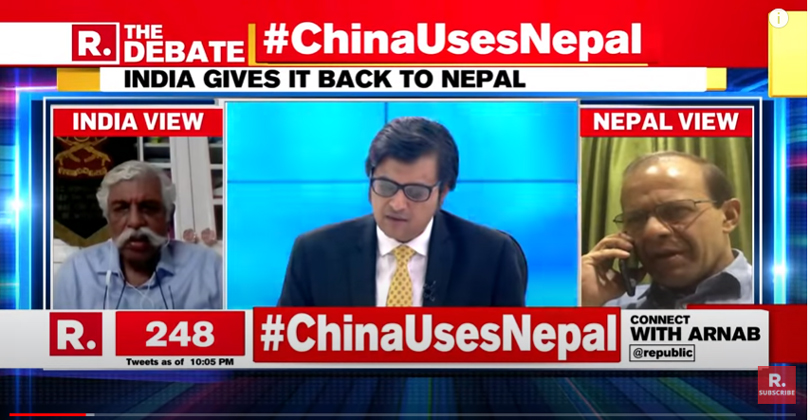
As people of both countries were expressive on the social media to show their nationalisms, many Indian Godi media presented a rather war-mongering antique towards Nepal and did not leave even a small space for a healthy discussion. One particular television channel went so low (ethically and morally) that it aired news which claimed Nepali Prime Minister KP Oli having an illicit affair with the Chinese Ambassador to Nepal, Hou Yanqi. In response, the cable operators of Nepal resorted to blocking the broadcasts of the several news channels (and later resumed).
These latest developments meant that the relationships between Nepal and India hit an all-time low, and Modi became further unpopular in Nepal.





